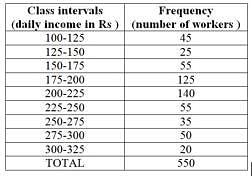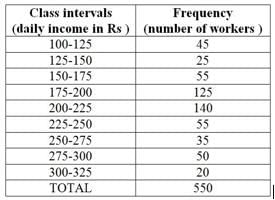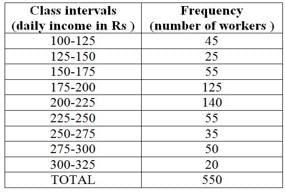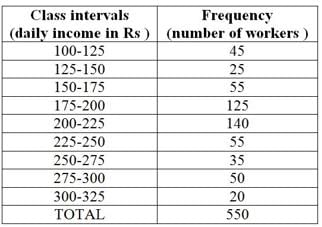Olympiad Test: Data Handling - Class 7 MCQ
20 Questions MCQ Test Mathematics (Maths) Class 7 - Olympiad Test: Data Handling
The table shows the number of hours Pavan studies on different days of a week.

How many hours per day does he study on an average?

How many hours per day does he study on an average?
Find the range of the data.
128,139,148,132,152,154,140,143,146,149,142
128,139,148,132,152,154,140,143,146,149,142
| 1 Crore+ students have signed up on EduRev. Have you? Download the App |
Direction: The bar graph shows the sales of fruits and vegetables in a store in 4 hours on a certain evening.
Sales of fruits and vegetables in a store
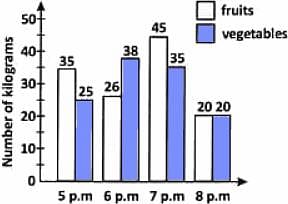
When was the sale of fruits lesser than that of vegetables?
Sales of fruits and vegetables in a store

When was the sale of fruits lesser than that of vegetables?
Direction: The bar graph shows the sales of fruits and vegetables in a store in 4 hours on a certain evening.
Sales of fruits and vegetables in a store
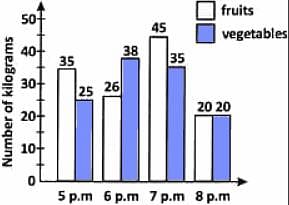
How many kilograms of fruits were sold during the four hours?
Direction: The bar graph shows the sales of fruits and vegetables in a store in 4 hours on a certain evening.
Sales of fruits and vegetables in a store
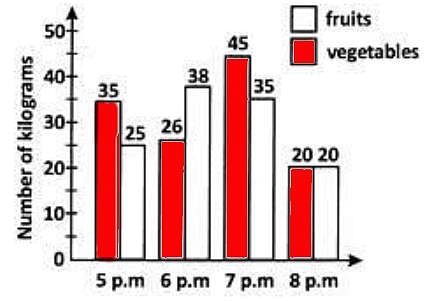
During the four hours, which of the following is true about the sale of fruits and vegetables?
Direction: The bargraph shows the marks obtained by four students in quarterly examination.
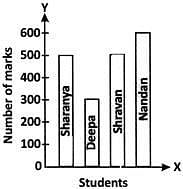
Whose performance was the best?
What is the arithmetic mean of first five prime numbers?
Direction: The bargraph shows the marks obtained by four students in quarterly examination.
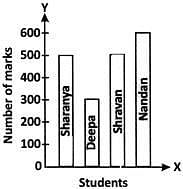
Whose performance was the worst?
Direction: The bargraph shows the marks obtained by four students in quarterly examination.
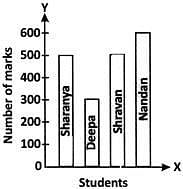
Which two students secured equal marks?
There are 2 red, 3 blue and 5 black balls in a bag. A ball is drawn from the bag without looking in to the bag. What is the probability of getting a red ball?
There are 2 red, 3 blue and 5 black balls in a bag. A ball is drawn from the bag without looking in to the bag. What is the probability of getting a blue ball?
There are 2 red, 3 blue and 5 black balls in a bag. A ball is drawn from the bag without looking in to the bag. What is the probability of getting a black ball?
There are 2 red, 3 blue and 5 black balls in a bag. A ball is drawn from the bag without looking in to the bag. What is the probability of getting a non-blue ball?
There are 2 red, 3 blue and 5 black balls in a bag. A ball is drawn from the bag without looking in to the bag. What is the probability of getting a non-black ball?
What is the upper limit of the class interval 250-275?
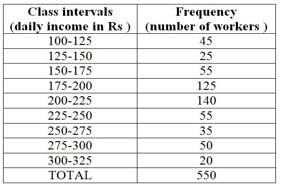
|
76 videos|344 docs|39 tests
|
|
76 videos|344 docs|39 tests
|



 hours
hours
 = 5.6
= 5.6